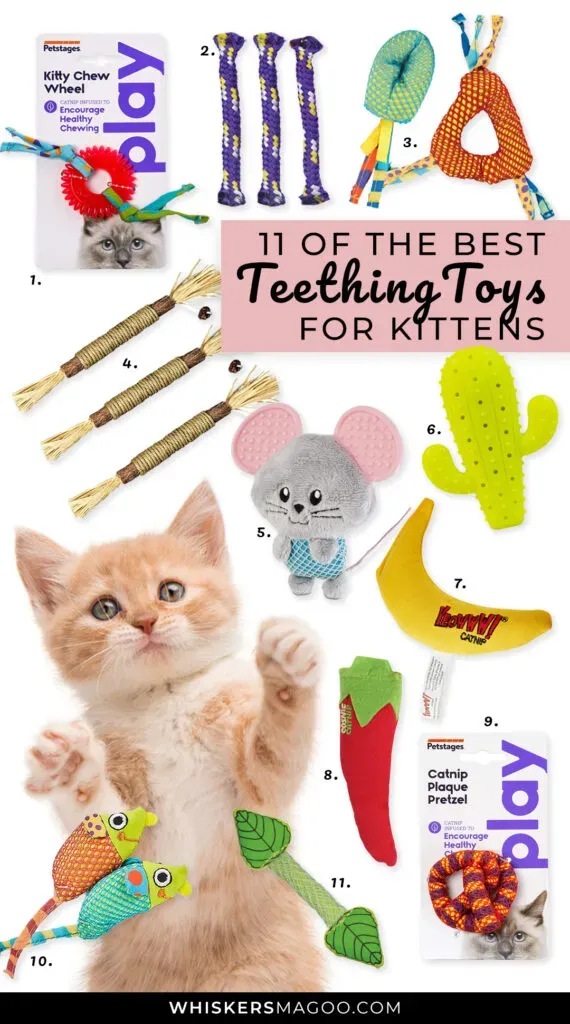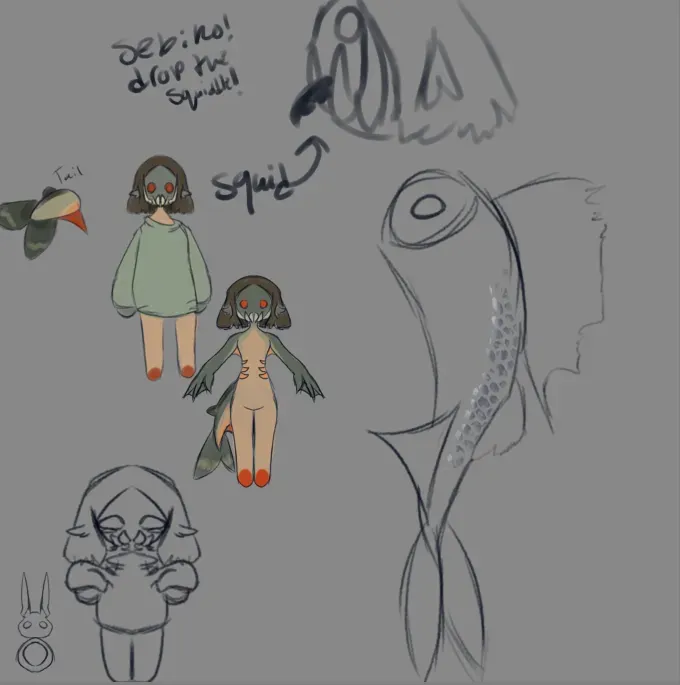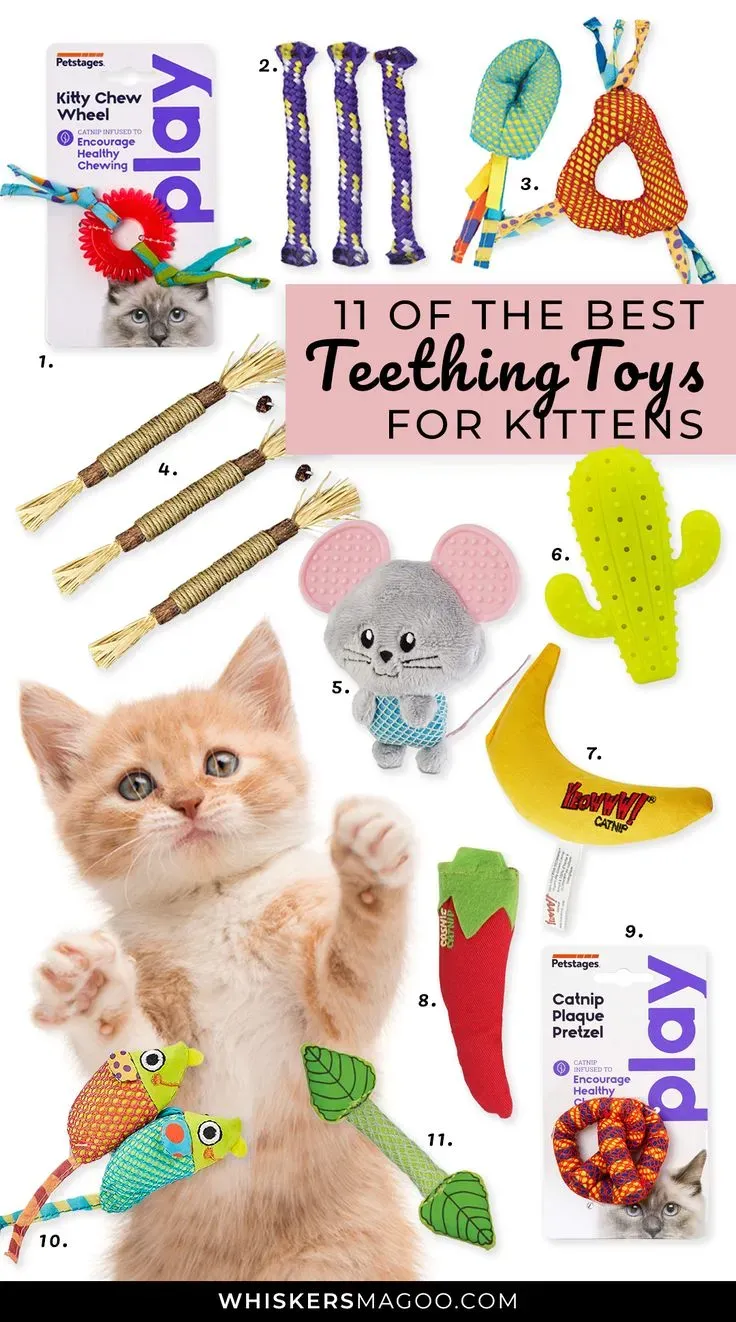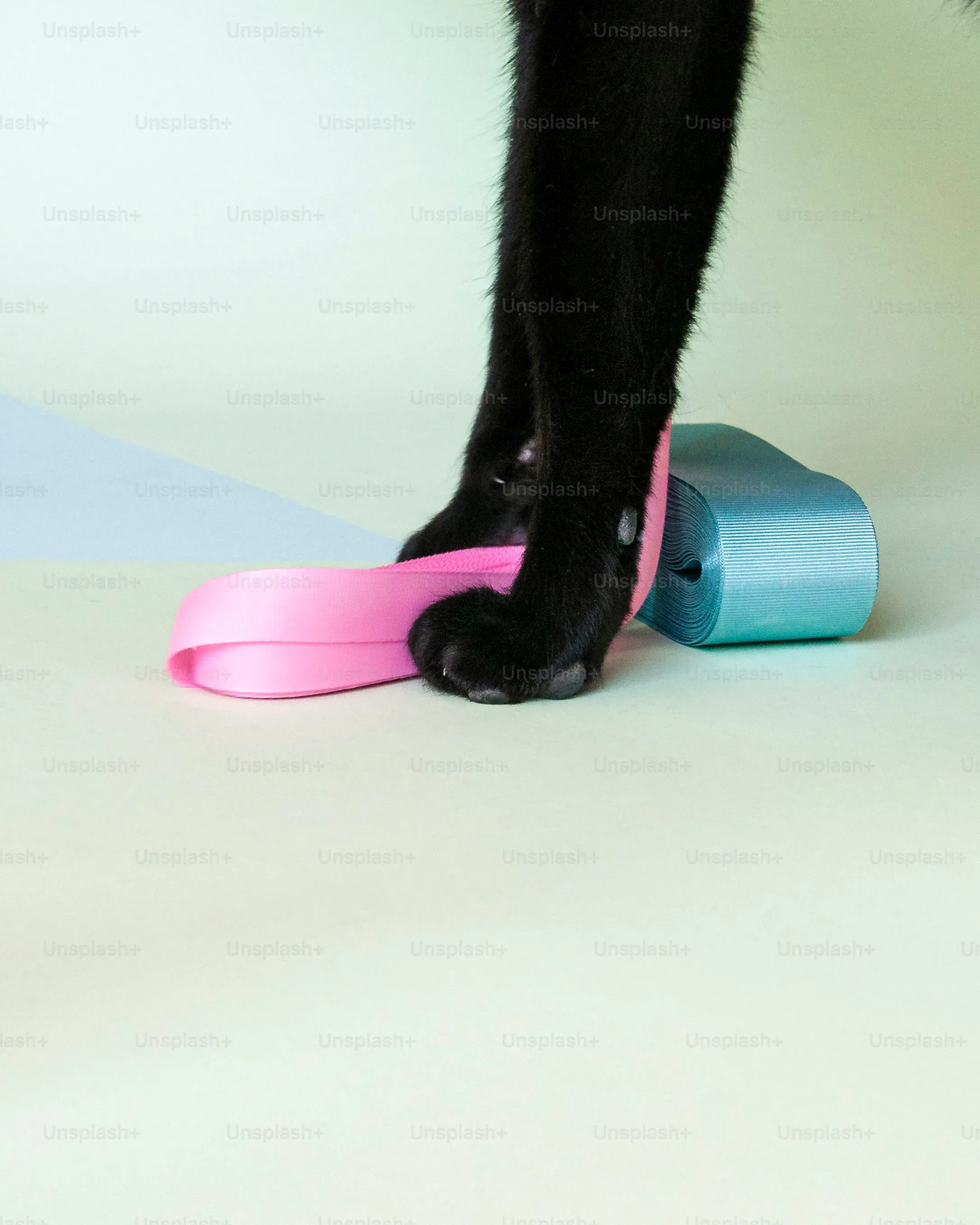Table of Contents
Is your adorable new kitten treating your fingers like a personal chew toy? Are your ankles under constant, tiny attack? If so, you're likely experiencing the joys (and mild pain) of kitten teething. Just like human babies, kittens go through a period where their gums ache as those sharp little teeth push through. This discomfort leads them to seek relief by chewing on anything and everything – including you. While cute at first, this habit can quickly become problematic. The good news? You can redirect this natural behavior with the right tools. Finding the best cat teething toys is crucial not only for saving your skin but also for providing healthy outlets for their chewing needs and preventing unwanted habits from forming. This article will walk you through why your kitten is chewing, how to spot the signs of teething trouble, and most importantly, help you discover the best cat teething toys available. We'll explore different types, materials, and even how to introduce these lifesavers to your tiny tiger. Get ready to turn those painful nips into playful bites, directed exactly where they should be – on their new favorite toys.
Why Your Kitten is Chewing (Hint: Teething!)

Why Your Kitten is Chewing (Hint: Teething!)
let's talk about why your adorable little fuzzball seems determined to chew through your furniture, your shoes, and yes, your precious fingers. It's not personal, mostly. Just like human babies sprout teeth and get cranky gums, kittens go through the exact same ordeal. Around three to four weeks old, their tiny deciduous (kitten) teeth start pushing through. Then, between three and six months, those kitten teeth fall out to make way for their 30 permanent adult teeth. Imagine having 30 tiny, sharp things trying to break through your gums! That's a lot of discomfort. Chewing provides pressure that helps soothe those aching gums and can even help loosen stubborn baby teeth. Think of it as their natural, albeit sometimes destructive, way of getting through a painful phase. They aren't trying to annoy you (usually); they're just trying to feel better.
Signs Your Feline Friend Needs Best Cat Teething Toys

Signs Your Feline Friend Needs Best Cat Teething Toys
Catching Your Kitten in the Act
So, how do you know your little furball is definitely in the throes of teething and not just being a tiny agent of chaos? The most obvious sign is increased chewing. If your kitten is suddenly fixated on gnawing on things they previously ignored – electrical cords (eek!), chair legs, your favorite book, or yes, your appendages – that's a big clue. You might also notice them drooling more than usual. Their gums might look a bit red or swollen, and they might seem a little more irritable or less enthusiastic about eating dry kibble because it hurts their mouth. Sometimes, you might even find tiny kitten teeth lying around – a charming little souvenir of this stage. If you see these behaviors ramping up, it's a pretty clear signal their gums are bothering them and they're looking for relief, which means it's time to think about getting them the best cat teething toys.
Why Ignoring Teething Chewing is a Bad Idea
Letting your kitten just chew on whatever they want during teething isn't just annoying; it can be genuinely dangerous. Chewing on inappropriate items like wires can lead to electric shocks. Swallowing small pieces of household objects can cause blockages or internal injuries, leading to expensive emergency vet visits. Plus, allowing them to chew on you reinforces a behavior you absolutely do not want in an adult cat with a much stronger bite. Redirecting their chewing onto appropriate best cat teething toys from the start is crucial for their safety and your sanity. It teaches them what is okay to chew and helps establish good habits before the bad ones become ingrained. Think of it as an investment in a less destructive future companion.
- Increased chewing on inappropriate items
- Excessive drooling
- Red or swollen gums
- Decreased appetite or hesitation to eat hard food
- Finding tiny shed teeth
- Increased irritability
Picking the Best Cat Teething Toys: Materials and Types

Picking the Best Cat Teething Toys: Materials and Types
Choosing the Right Stuff: Materials Matter
Alright, so your kitten is a tiny, adorable chewing machine. Now comes the fun part: picking out the arsenal of best cat teething toys to satisfy their urge and save your furniture. This isn't just about throwing any old thing at them; the material is key. You want something durable enough to withstand sharp little teeth but not so hard it hurts their sensitive gums. Rubber and silicone are popular choices because they offer a good chewable texture and are easy to clean. Look for food-grade options if you can. Some toys incorporate tough fabric or canvas, which provides a different kind of resistance and can feel good on sore gums. Avoid anything that can easily splinter or break off into small pieces they could swallow. Think tough, slightly yielding textures that provide satisfying counter-pressure.
Shapes, Sizes, and Textures: Variety is the Spice of Life (and Chewing)
Beyond just the material, the shape, size, and texture of the best cat teething toys make a huge difference in whether your kitten will actually use them. Some kittens prefer long, thin toys they can really sink their jaws into, like a "kicker" toy made of durable fabric. Others might go for smaller, textured balls or rings that they can bat around and then chew on. Toys with nubs or ridges can provide extra gum massage, which is a big plus for teething relief. You might find that a toy with a crinkly sound or a spot for catnip is more appealing initially, drawing them in before the chewing begins. Offering a variety of shapes and textures increases the chances you'll find their personal favorite, the one that truly distracts them from your ankles.
- Textured rubber rings for gum massage
- Durable fabric kicker toys for sinking teeth into
- Small, firm silicone balls
- Toys with nubs or ridges
- Chew sticks made from safe, natural materials (like silvervine or catnip sticks)
How to Introduce and Use Best Cat Teething Toys Effectively

How to Introduce and Use Best Cat Teething Toys Effectively
So you’ve armed yourself with what you hope are the best cat teething toys. Now comes the slightly tricky part: convincing your tiny tyrant that this cool new thing is way better than your unsuspecting finger. Simply placing a toy on the floor might not cut it. Start by making the toy interesting. Wiggle it, drag it, make it seem like prey. Entice them to play with it first. Once they're engaged, gently guide the toy towards their mouth when they start to chew. If they try to chew on you, immediately stop the interaction, say a firm "no" or "ouch," and offer the teething toy instead. Consistency is key here. Every time they chew on something inappropriate, redirect them to their designated best cat teething toys. You can also try rubbing a little catnip on the toy to make it more appealing initially, just enough to grab their attention and encourage that first exploratory bite.
Beyond Best Cat Teething Toys: Other Chewing Solutions

Beyond Best Cat Teething Toys: Other Chewing Solutions
Making Their World More Interesting
Sometimes, the chewing isn't *just* about teething pain. A bored kitten is a destructive kitten, plain and simple. If they've chewed through their collection of best cat teething toys and are still eyeing your baseboards, it might be a sign they need more mental and physical stimulation. Think vertical space – cat trees, shelves, anything they can climb and survey their domain from. Puzzle feeders make them work for their food, engaging their brains. Regular play sessions with you using wand toys or lasers (just don't end the laser session without letting them "catch" something real) burn off excess energy. A tired cat is less likely to obsessively chew. Consider rotating their toys, including the best cat teething toys, so things feel new and exciting periodically. A stale toy collection is about as appealing as watching paint dry.
Training and Redirection Beyond Toys
While providing the best cat teething toys is step one, training is also critical. You can't just hope they figure it out. When you catch them chewing something inappropriate, a sharp, firm noise like a clap or a quick "Eh eh!" can interrupt the behavior. Immediately follow up by offering one of their designated best cat teething toys. When they chew on the toy, praise them lavishly or give a small, high-value treat. It's classical conditioning, feline edition. For items you can't move, like furniture legs, consider using deterrents. Some cats hate the smell of citrus or bitter apple spray. A quick spritz on the forbidden item can make it instantly less appealing than their awesome new chew toy. Consistency is brutal here; you have to be vigilant during this phase.
What if the chewing persists despite your best efforts and a pile of the best cat teething toys? Could something else be going on?
When to Seek Veterinary Advice
While teething is the most common culprit for excessive chewing in kittens, sometimes other issues can be at play. If the chewing seems extreme, compulsive, or is accompanied by other symptoms like lethargy, loss of appetite (beyond slight gum tenderness), or changes in litter box habits, it's worth a trip to the vet. They can rule out any underlying dental problems (like retained baby teeth), digestive issues, or even behavioral anxieties that might be manifesting as excessive chewing. Sometimes, a vet might recommend specific dental chews or supplements, although these are often more for adult dental health than acute teething pain. Don't hesitate to ask a professional if you're concerned; it's better to be safe than sorry, especially with something as potentially dangerous as ingesting foreign objects.
Giving Your Fingers a Break: Final Thoughts on Best Cat Teething Toys
So, you've navigated the minefield of tiny, needle-sharp kitten teeth and figured out that the chewing isn't personal, it's just biology. Understanding why they chew and spotting the signs of teething discomfort is the first step. Providing the best cat teething toys isn't just about saving your extremities; it's about guiding your kitten's natural instincts toward appropriate targets. We've looked at various options, from rubbery textures to catnip-infused wonders, and how to make them appealing. Remember, consistency is key in redirecting that chewing energy. While toys are powerful tools, sometimes a little patience and understanding go a long way. By offering suitable alternatives and reinforcing good behavior, you're helping your kitten develop healthy habits that will last long after those baby teeth are gone. Your ankles will thank you.